Refine search
Actions for selected content:
615760 results in History
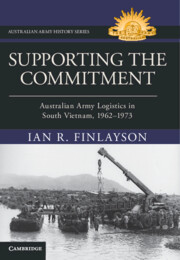
Supporting the Commitment
- Australian Army Logistics in South Vietnam, 1962–1973
- Coming soon
-
- Expected online publication date:
- December 2025
- Print publication:
- 31 December 2025
-
- Book
- Export citation

Seekers and Partisans
- Americans Abroad in the Crisis Years, 1935–1941
- Coming soon
-
- Expected online publication date:
- December 2025
- Print publication:
- 31 December 2025
-
- Book
- Export citation

Unearthing Fluctuating Wealth Inequality
- Household Disparities at Jōmon and Yayoi Sites in Southern Kantō, Japan
- Coming soon
-
- Expected online publication date:
- December 2025
- Print publication:
- 31 December 2025
-
- Element
- Export citation
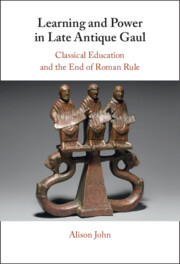
Learning and Power in Late Antique Gaul
- Classical Education and the End of Roman Rule
- Coming soon
-
- Expected online publication date:
- December 2025
- Print publication:
- 31 December 2025
-
- Book
- Export citation
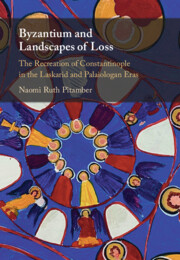
Byzantium and Landscapes of Loss
- The Recreation of Constantinople in the Laskarid and Palaiologan Eras
- Coming soon
-
- Expected online publication date:
- December 2025
- Print publication:
- 31 December 2025
-
- Book
- Export citation

The Fascist Zenith
- War and Dictatorship under Axis Rule
- Coming soon
-
- Expected online publication date:
- December 2025
- Print publication:
- 31 December 2025
-
- Element
- Export citation
Why the Rush?
- An Institutional Economic Analysis of Homesteading and the Settlement of the West
- Coming soon
-
- Expected online publication date:
- December 2025
- Print publication:
- 31 December 2025
-
- Book
- Export citation
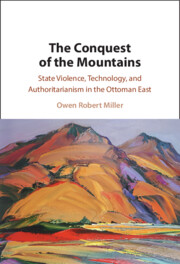
The Conquest of the Mountains
- State Violence, Technology, and Authoritarianism in the Ottoman East
- Coming soon
-
- Expected online publication date:
- December 2025
- Print publication:
- 31 December 2025
-
- Book
- Export citation
Between Empire and Nation
- South Asian Humanitarianism in the late Colonial Period
- Coming soon
-
- Expected online publication date:
- December 2025
- Print publication:
- 01 May 2027
-
- Book
- Export citation
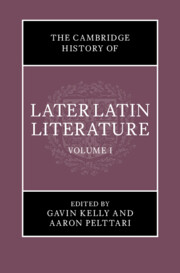
The Cambridge History of Later Latin Literature
- Coming soon
-
- Expected online publication date:
- December 2025
- Print publication:
- 31 December 2025
-
- Book
- Export citation
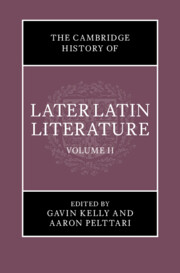
The Cambridge History of Later Latin Literature
- Coming soon
-
- Expected online publication date:
- December 2025
- Print publication:
- 31 December 2025
-
- Book
- Export citation

Huguenot Networks
- Truth and Secrecy in Sixteenth-Century Europe
- Coming soon
-
- Expected online publication date:
- December 2025
- Print publication:
- 31 December 2025
-
- Book
- Export citation

Dazai Shundai: Writings on Political Economy
- Coming soon
-
- Expected online publication date:
- December 2025
- Print publication:
- 31 December 2025
-
- Book
- Export citation
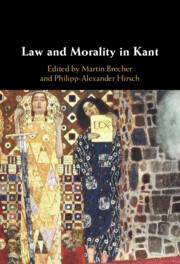
Law and Morality in Kant
- Coming soon
-
- Expected online publication date:
- December 2025
- Print publication:
- 31 December 2025
-
- Book
- Export citation

Disenchanting the Senses
- Sulfuric Discourse and the World System
- Coming soon
-
- Expected online publication date:
- December 2025
- Print publication:
- 31 December 2025
-
- Element
- Export citation
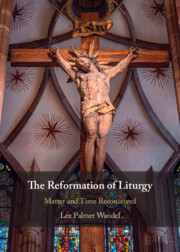
The Reformation of Liturgy
- Matter and Time Reconceived
- Coming soon
-
- Expected online publication date:
- December 2025
- Print publication:
- 31 December 2025
-
- Book
- Export citation

Anchoring an Empire
- Gender and Ethnicity in Colonial Panama
- Coming soon
-
- Expected online publication date:
- December 2025
- Print publication:
- 31 December 2025
-
- Book
- Export citation
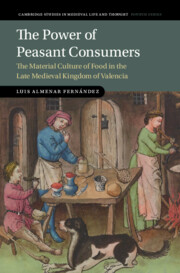
The Power of Peasant Consumers
- The Material Culture of Food in the Late Medieval Kingdom of Valencia
- Coming soon
-
- Expected online publication date:
- December 2025
- Print publication:
- 31 December 2025
-
- Book
- Export citation
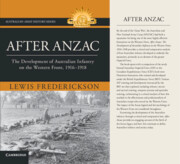
After Anzac
- The Development of Australian Infantry on the Western Front, 1916–1918
- Coming soon
-
- Expected online publication date:
- December 2025
- Print publication:
- 17 December 2025
-
- Book
- Export citation
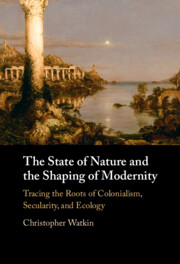
The State of Nature and the Shaping of Modernity
- Tracing the Roots of Colonialism, Secularity, and Ecology
- Coming soon
-
- Expected online publication date:
- December 2025
- Print publication:
- 31 December 2025
-
- Book
- Export citation
